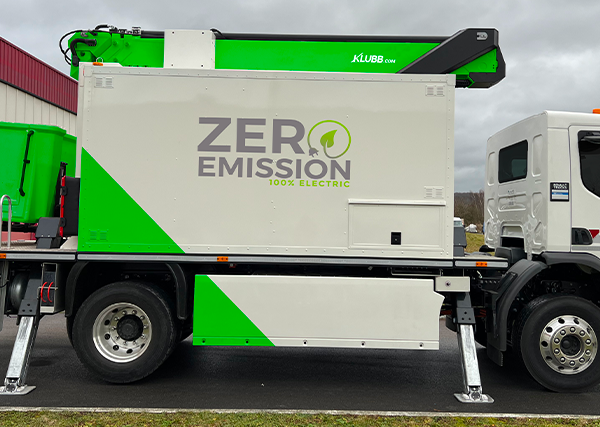
Elevated work platforms are essential tools for working at heights. They are particularly appreciated by professionals in construction, maintenance, and events. Indeed, they provide access to inaccessible areas, offering flexibility and efficiency. However, their use involves risks that must be identified to optimize operator safety. Going up and down from an elevated work platform may seem trivial, but it poses often underestimated risks that can have serious consequences, ranging from minor injuries to fatal accidents. Therefore, it is crucial, prior to each operation, to identify these risks.
What are the risks associated with the equipment?
The elevated work platform is considered reliable and secure. However, its wear and tear can impact essential elements such as steps and handles, leading to failures that can result in serious accidents. Therefore, it is recommended to conduct a thorough inspection of the equipment. The National Institute for Research and Safety (Institut national de recherche et de sécurité - INRS) recommends meticulous and regular checks for optimal safety. Nevertheless, following all these recommendations does not completely eliminate the risks.
What are the human risks?
Human error remains omnipresent. A simple distraction can lead to a dramatic fall. Training becomes the foundation of prevention. Even a trained operator is not infallible. Routine, fatigue, and complacency are all risk factors. The Professional Organization for Building and Public Works Prevention (Organisme professionnel de prévention du bâtiment et des travaux publics - OPPBTP) emphasizes a crucial point: vigilance is essential at all times.
Environmental factors
External conditions play a significant role. Rain, for example, makes surfaces slippery. Wind, even if light, can affect balance. Moreover, clear skies do not guarantee absolute safety. Rough terrain increases the danger. According to the Occupational Safety and Health Administration (OSHA), one in five accidents is due to unsuitable terrain. A stark reminder of the importance of meticulous preparation.
Preventive measures
Knowing the risks is not enough. Therefore, a detailed inspection is necessary every day. It helps identify anomalies before they become threatening. Furthermore, continuous training is essential to renew and strengthen skills. However, these fundamental steps do not offer total protection; the unexpected and spontaneous errors remain uncontrollable variables.
What should be remembered?
Ascending and descending from an elevated work platform involves risks. Equipment, operators, and the environment all interact. Institutions such as INRS and OPPBTP constantly remind us of this. Moreover, rigorous prevention, coupled with unwavering vigilance, remains our best ally and allows us to build safety every day and at every moment.




